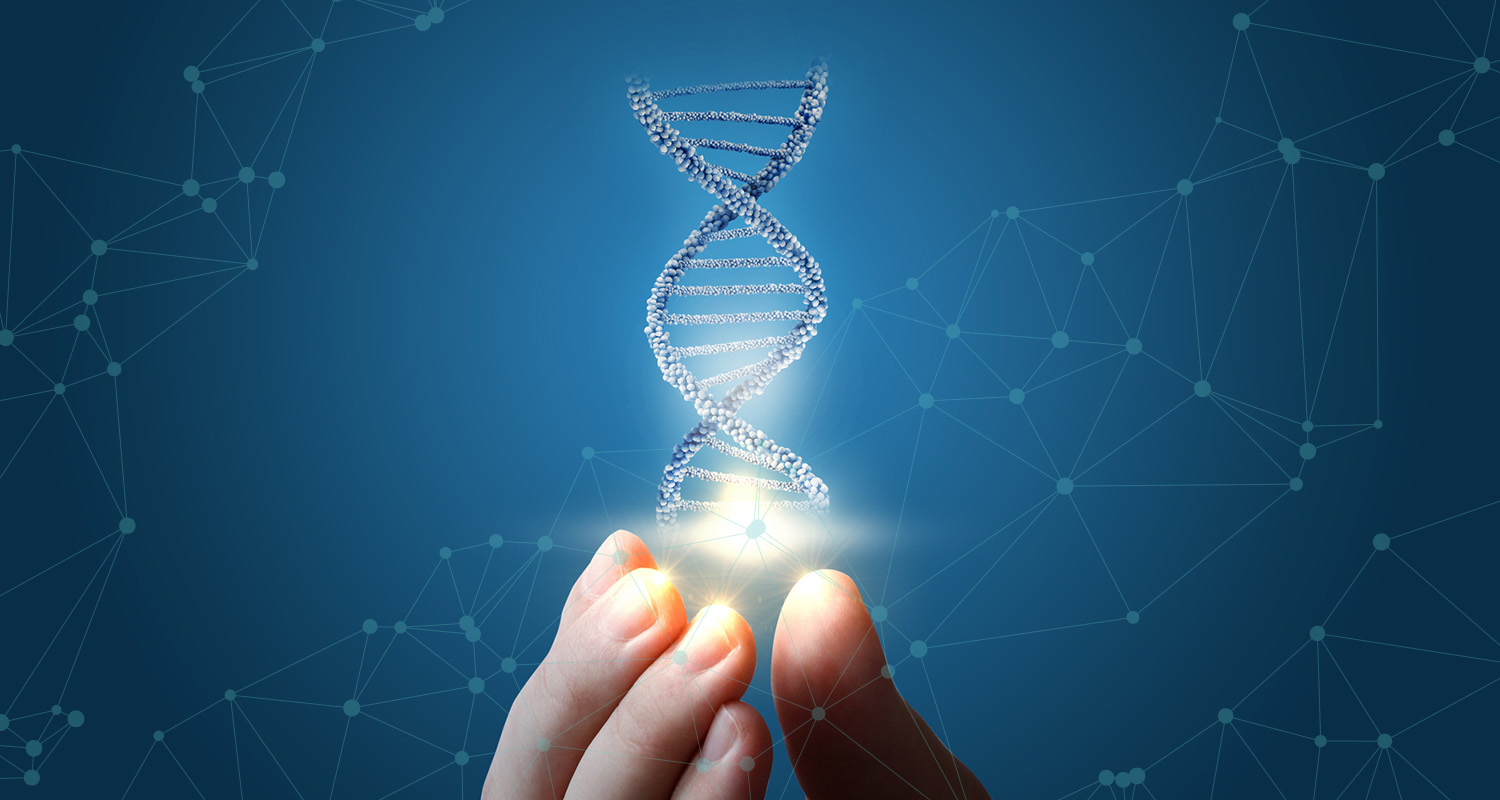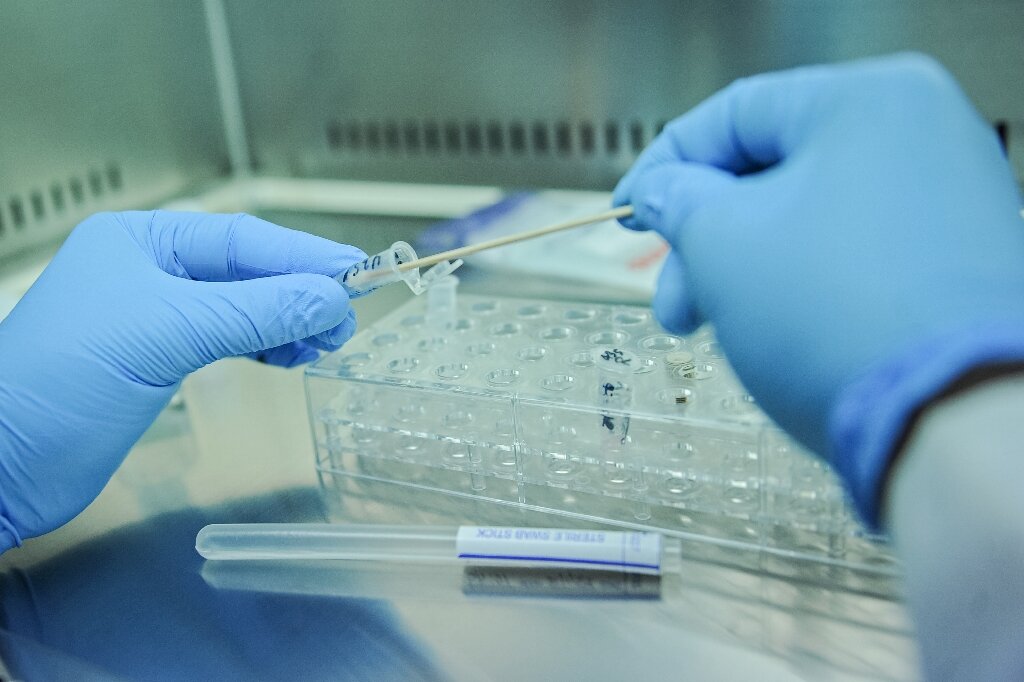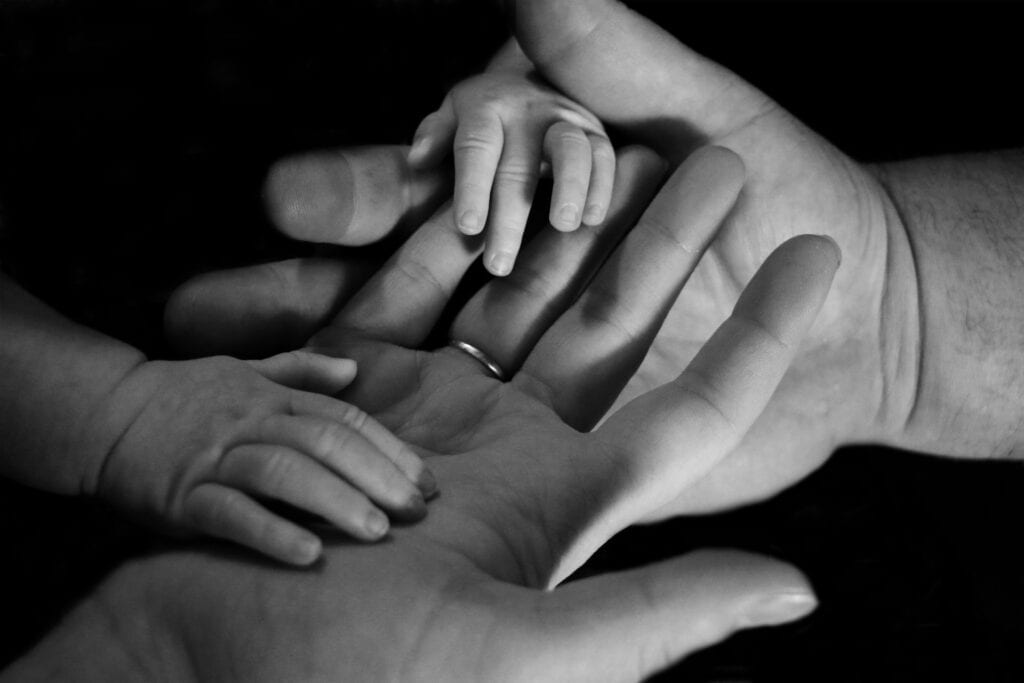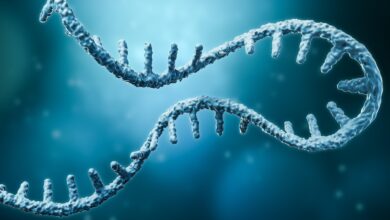What Can a DNA Test Tell You About Your Ancestry?

More and more people are willing to give DNA to corporations in exchange for information about their origin or health condition. So, in recent years, these tests can be found in mass sales. That is why people’s interest is even greater. The reason is very useful information that is obtained in return. They will help you because when you get them you can adjust your life to them. However, we must all have once wondered who we are or where we come from. And the DNA test is a great opportunity to learn everything about your past.
This is an opportunity to learn much more about it, because the information you receive goes beyond what you have been able to learn from relatives or from historical documentation so far. We are sure that it is very interesting and exciting to wait for the DNA results to arrive while you are imagining all the new information you could adopt about your past and extended family. If you are not sure what exactly you can expect from these tests, read more about it below.
Types of genetic testing

First of all, it is very important that you understand all types of genetic testing. Y chromosome testing, mitochondrial DNA testing and single nucleotide polymorphism testing are mainly performed. When it comes to the first examination, the origin of the male line is investigated. It is performed exclusively on men for a very simple reason – women do not have a Y chromosome. However, this does not mean that women cannot be included in this research. They may not have this chromosome, but they do not have to be excluded from the process if they have a male relative who would be tested instead. The results often answer the questions of the connection of two families with the same surname.
Then, another type of test identifies genetic variations in mitochondrial DNA. Thus, both sexes have mitochondrial DNA transmitted from their mothers. Therefore, both men and women can be tested. The information comes from the direction of the female line of ancestors. In that case, the DNA test is a very useful thing, because data on female ancestors are often lost from historical records due to surnames. Finally, the third type of study estimates the number of variations in a person’s entire genome. The ethnicity of the person was obtained by comparing the results with the results of all those who were tested.
DNA identifiers
You know what these tests can do. So, this is a great opportunity to find out which regions your ancestors all come from. Today, there is a large database, which means that you will very easily identify with certain groups of people. This database contains samples from all over the world, thus creating reference panels with various DNA profiles as identifiers. In order for experts to successfully find those that are compatible with your DNA, a large number of analyzes of your DNA are performed and later compared with others.
Once this process is complete, you get results. They contain the exact part of your DNA in different groups and regions around the world. So it wouldn’t be bad to explore your past, because maybe you’re Scandinavian, North African or something. Either way, the chances are high that you are all that until you take the test and make sure of the real truth.
Family history

When we mention family history, we don’t just mean traces of your DNA. Of course, this is the basic information you will get. However, did you know that these tests tell you much more than that? You also have the opportunity to bring all this data to life, as companies give you a detailed view today. What it means? Given that families have been constantly moving throughout history and are doing so today, a lot of the data can seem confusing to you. However, the results of DNA tests give you a deep historical knowledge as well as a convincing way to visualize your family’s past. DNA experts from CRI Genetics told us DNA test can take you back 50+ generations which is quite extraordinary
Now you can find out how your ancestors moved from one place to another over the centuries. What places they inhabited and how history unfolded around them. Many companies will offer you interactive maps to tell you this story as well as possible.
Finding lost relatives
Since each of us has relatives we don’t know about, chances are you’re not the only one who did this test. This means that you have the opportunity to find new relatives whose DNA matches yours. There have been really big migrations in the past so you don’t have a complete picture of your family past. However, advanced science has allowed you to compare your tests with other members and thus find family ties.
These can be very close relatives you didn’t know about, but also distant ones. Any information is useful, because it is important to have a common family tree with someone. Then the chances are doubled when it comes to tracking, because it is possible to track down some other ancestors.
DNA matches

Your DNA says it all about you. That is why it is possible to make your character only on the basis of this pattern. This means that it helps us determine the appearance down to the smallest detail. However, appearance traits are not the only characteristics that your personality hides. There’s a lot more to it and something can really surprise you. For example, you may be genetically predisposed to have separate earlobes, more sensitive eyes to certain external factors, and so on. Any of this or similar information speaks not only about you but also about your family.
These are traits that are hidden in your genes, and experts come to serious knowledge with their experience and work. In that case, this is the perfect way to get to know yourself a little better. If you’ve done research on your past before, there’s always room to discover a new exciting addition. These may be some impressions that you have always carried with you, and they come from your distant ancestors.
Conclusion:
If you are interested in your family history, a DNA test can tell you a lot. You will get very clear indications of where your pretensions may have come from, etc. Keep in mind that there are certain patterns of genetic variation among people of a certain origin. And the closer family members or populations are, the greater the number of patterns of variation. Either way, it’s a new way of looking at the past that often prepares a few surprises.




